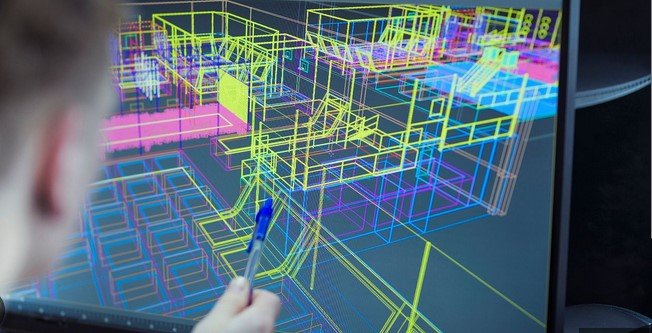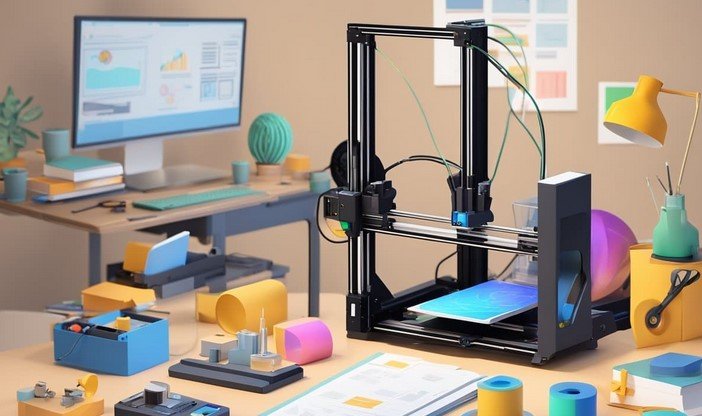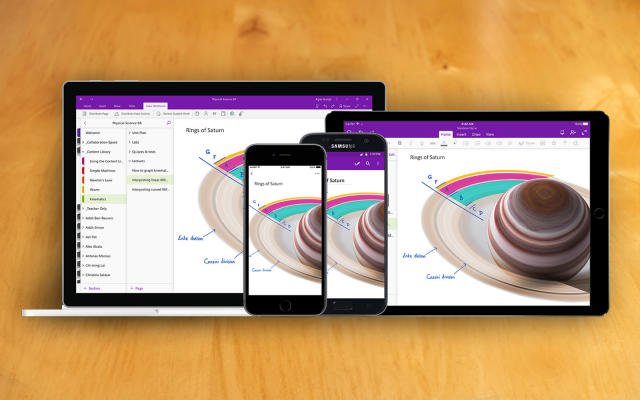3D technology has revolutionized various industries, from entertainment to healthcare, engineering, and design. It allows for the creation and visualization of three-dimensional objects and environments in digital space. As the world continues to embrace innovation, 3D technology is becoming increasingly prevalent in daily life. In this post, we will explore the basics of 3D technology, its applications, and its impact on various fields.

1. What is 3D Technology?
At its core, 3D technology involves the creation and manipulation of three-dimensional objects or environments, which have width, height, and depth. Unlike traditional 2D images, 3D visuals can be rotated and viewed from multiple angles, providing a more lifelike representation. 3D technology works by creating a digital model using specialized software that defines the shape, texture, and movement of objects.
3D models are created through a process called 3D modeling, where digital artists use software to design and sculpt objects in a virtual space. Once created, these models can be used in various applications, including video games, animations, simulations, and even physical 3D printing.
2. Applications of 3D Technology
The applications of 3D technology are vast and diverse, with significant impacts across many industries. One of the most prominent uses of 3D technology is in the entertainment industry, particularly in movies, video games, and animation. 3D modeling and animation software allow artists to create stunning visual effects and lifelike characters, providing a more immersive experience for viewers and gamers.
In healthcare, 3D technology is used for medical imaging, creating 3D models of organs and tissues to help doctors diagnose and plan surgeries. Additionally, 3D printing in medicine enables the creation of prosthetics, implants, and even bioprinted tissues, offering new possibilities for personalized healthcare.
The architecture and engineering sectors also benefit from 3D technology. Architects and engineers use 3D modeling to design buildings and infrastructure, allowing them to visualize projects before construction begins. This helps reduce errors and improve efficiency in the design process.
3. The Role of 3D Printing
3D printing, also known as additive manufacturing, is one of the most groundbreaking applications of 3D technology. It allows for the creation of physical objects directly from digital models. The process works by layering materials (such as plastic, metal, or even biological tissue) to build up the desired object, one layer at a time.
This technology has revolutionized industries like manufacturing, healthcare, and consumer products. In manufacturing, 3D printing allows for the creation of customized parts on-demand, reducing waste and production costs. In healthcare, 3D printing is used to create prosthetics and implants that are tailored to a patient’s specific needs, improving comfort and functionality.
3D printing has also opened up new possibilities in the world of art and design. Artists and designers can now create intricate sculptures and prototypes with greater ease and precision. The technology also allows for greater creativity, enabling the production of unique, one-of-a-kind objects.
4. The Future of 3D Technology
The future of 3D technology is promising, with continued advancements expected in several areas. One area of growth is virtual and augmented reality (VR and AR), which leverages 3D technology to create immersive digital environments. VR and AR have applications in gaming, education, training, and even retail, where they can provide interactive and engaging experiences for users.
In the field of 3D printing, advancements are being made in the materials used, allowing for the creation of more complex and durable objects. Future developments in 3D printing could lead to breakthroughs in industries such as construction, where entire buildings could be printed layer by layer.
Moreover, 3D technology is expected to continue transforming industries such as automotive, aerospace, and fashion, where 3D printing and modeling offer new opportunities for innovation and design. As the technology evolves, we can expect even more groundbreaking applications that will change the way we create, produce, and interact with the world around us.
5. The Impact of 3D Technology on Society
3D technology has already had a significant impact on society, and its influence will only continue to grow. By enabling more efficient design and production processes, 3D technology helps reduce costs and environmental impact. For example, 3D printing allows for the creation of products with less material waste, contributing to sustainability efforts.
In education, 3D technology enhances learning by providing students with interactive, visual experiences. It also offers new ways to engage with content, from virtual labs to historical reconstructions. The accessibility of 3D tools and resources is also democratizing creative industries, enabling anyone with a computer to create and share 3D models.
Overall, 3D technology has the potential to drive significant advancements in various fields, improve quality of life, and create a more sustainable future.
Conclusion
In conclusion, 3D technology is a powerful tool that has already made a profound impact across many industries, including entertainment, healthcare, manufacturing, and design. As it continues to evolve, we can expect even more groundbreaking innovations that will shape the future. By understanding the basics of 3D technology and its applications, we can better appreciate its role in transforming the world around us.




